Photo © Paxson Woelber
Perceptions of Brown Bears (Ursus arctos), or “Grizzlies,” are often driven by what people see on television or in movies, but in many cases that is a long way from reality. Although some wild animals can cause serious harm, they are more likely to run the other way providing people allow them the respect they deserve. The following eleven bear facts highlight some unique characteristics to remember before heading out into ‘Bear Country.’
Bear Behaviour Is Unique To Each Individual
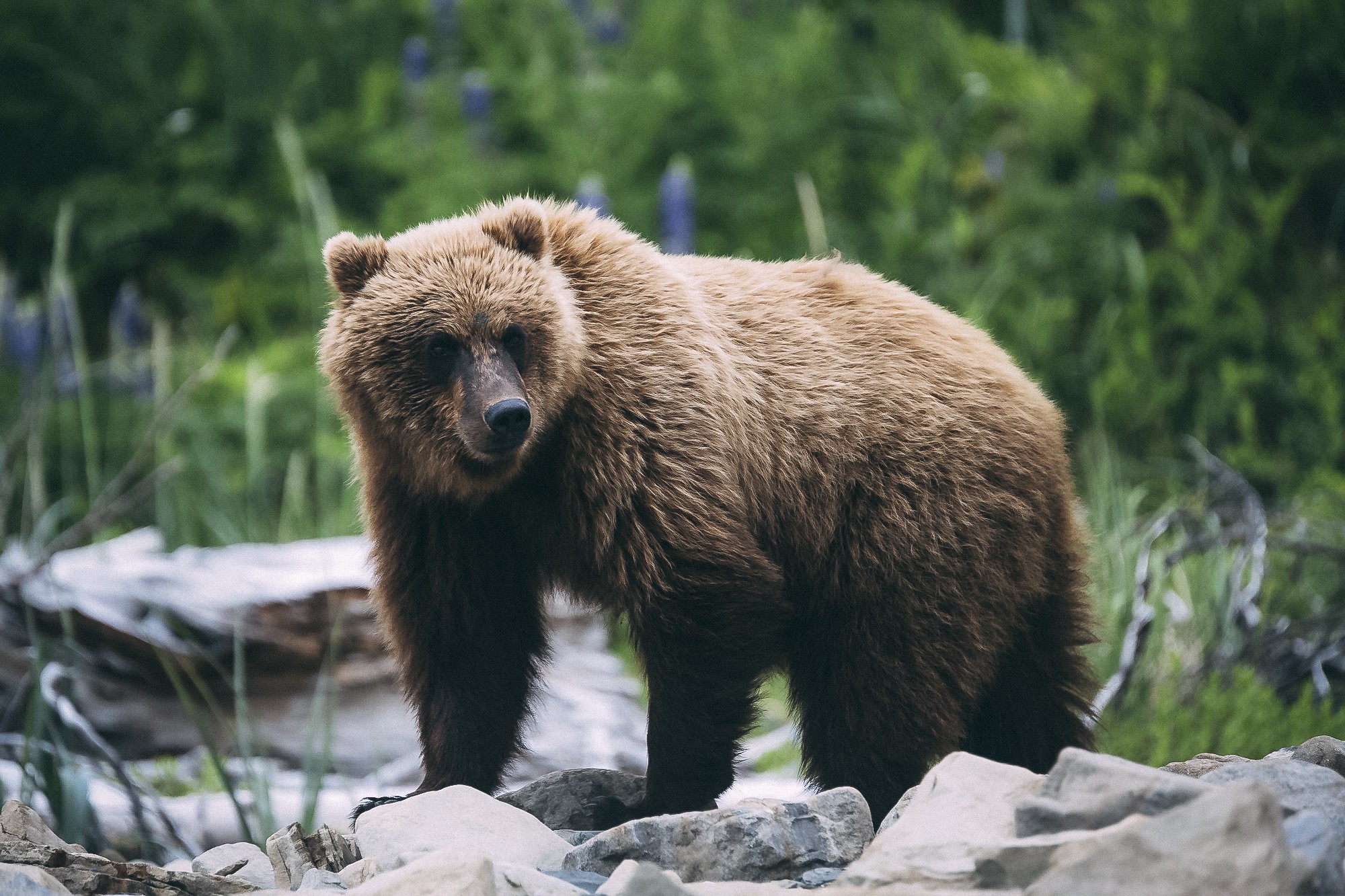
Photo: © Papa Bravo – stock.adobe.com
Like people, bears have unique individual characters and an awareness of personal space. The diversity in a bear’s response to encroachment on its critical space makes each encounter different. The essential space of a bear is the area around it that it may defend, and it is vital to adhere to safe distances. A safe distance is one that causes no change to the bears’ behaviour or disturbance in its activity, and it will differ in each situation. In very general terms, a relaxed bear is one that doesn’t pay much attention to you, but it is important to know signs of stress to understand when to back off. Signals to be aware of may include yawning, salivating, jaw popping, head down with a direct focus, mouth open, a potential bluff charge and ultimately an actual charge. In each situation, it is essential to be aware of the surrounds and subtle cues to avoid escalation.
There Is A Pecking Order
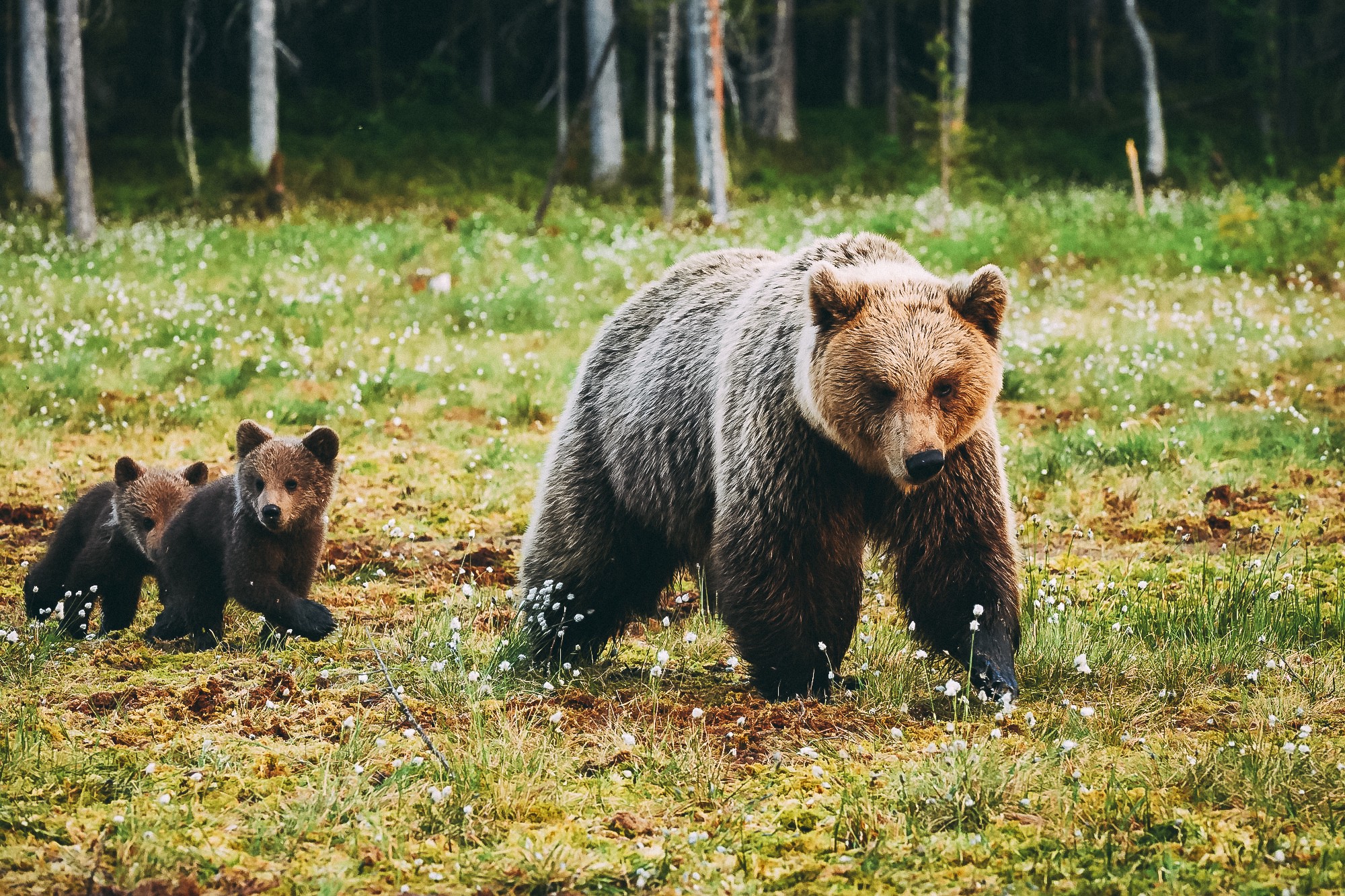
Photo: ©lucaar – stock.adobe.com
There is not a ‘bear pack’ as such, but there is order within a bear population. Based on age, size and temperament bears live in a complex dominance hierarchy with adult males at the top and sub-adults and cubs at the bottom. Social position in this hierarchy is determined and kept through aggressive behaviour while trying to avoid physical altercations.
Bears Can Co-Exist
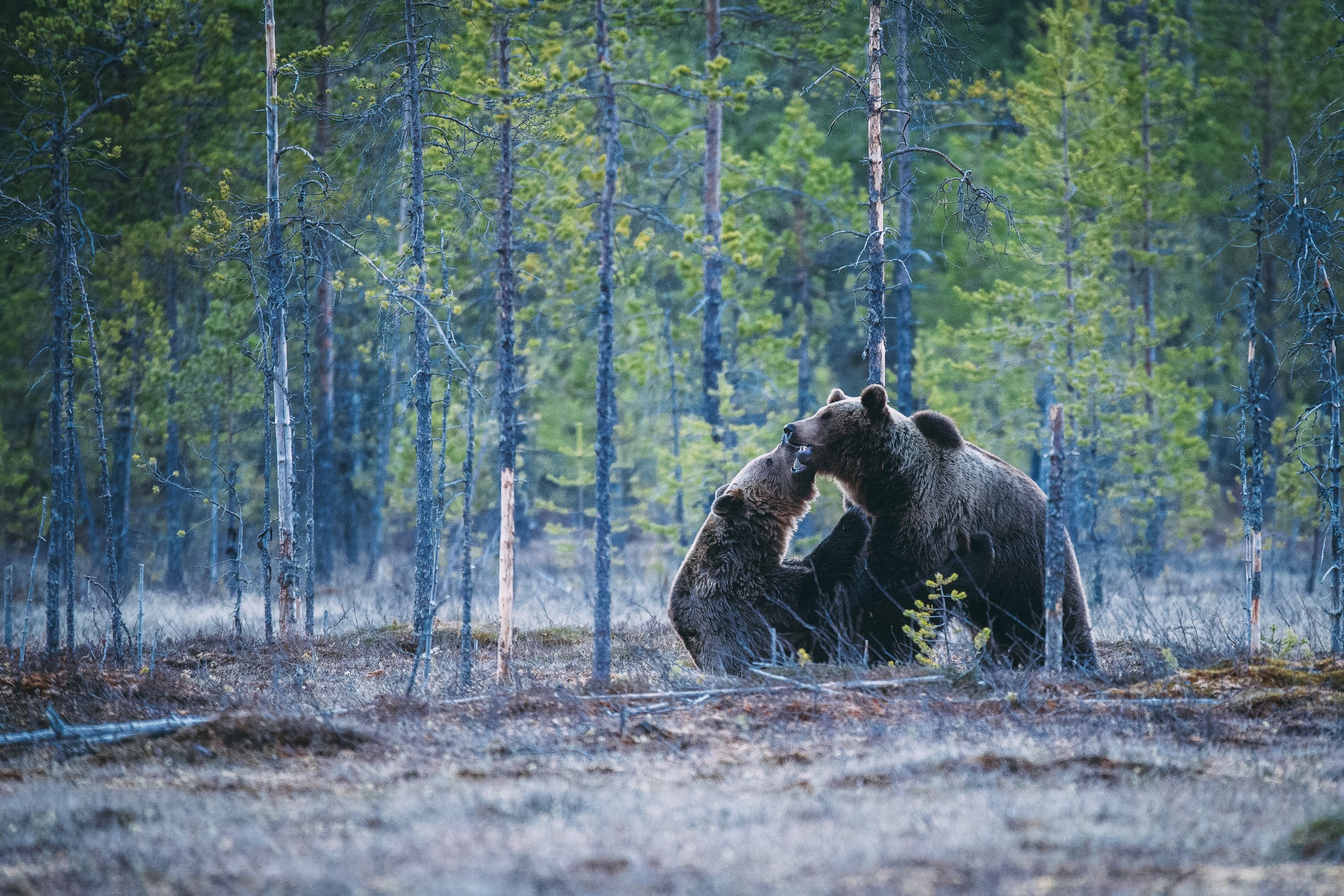
Photo: © stock.adobe.com
Although some individuals avoid other bears in their home range, many bears can co-exist near each other. Adult males may stay away from others to avoid conflict, adult females with cubs will avoid adult males to limit any threat to their young and sub-adults may group for safety in numbers. Bears in a region may know one another and, like people, some bears like each other and some do not get along within their home ranges.
Bears Do Not Have Territories
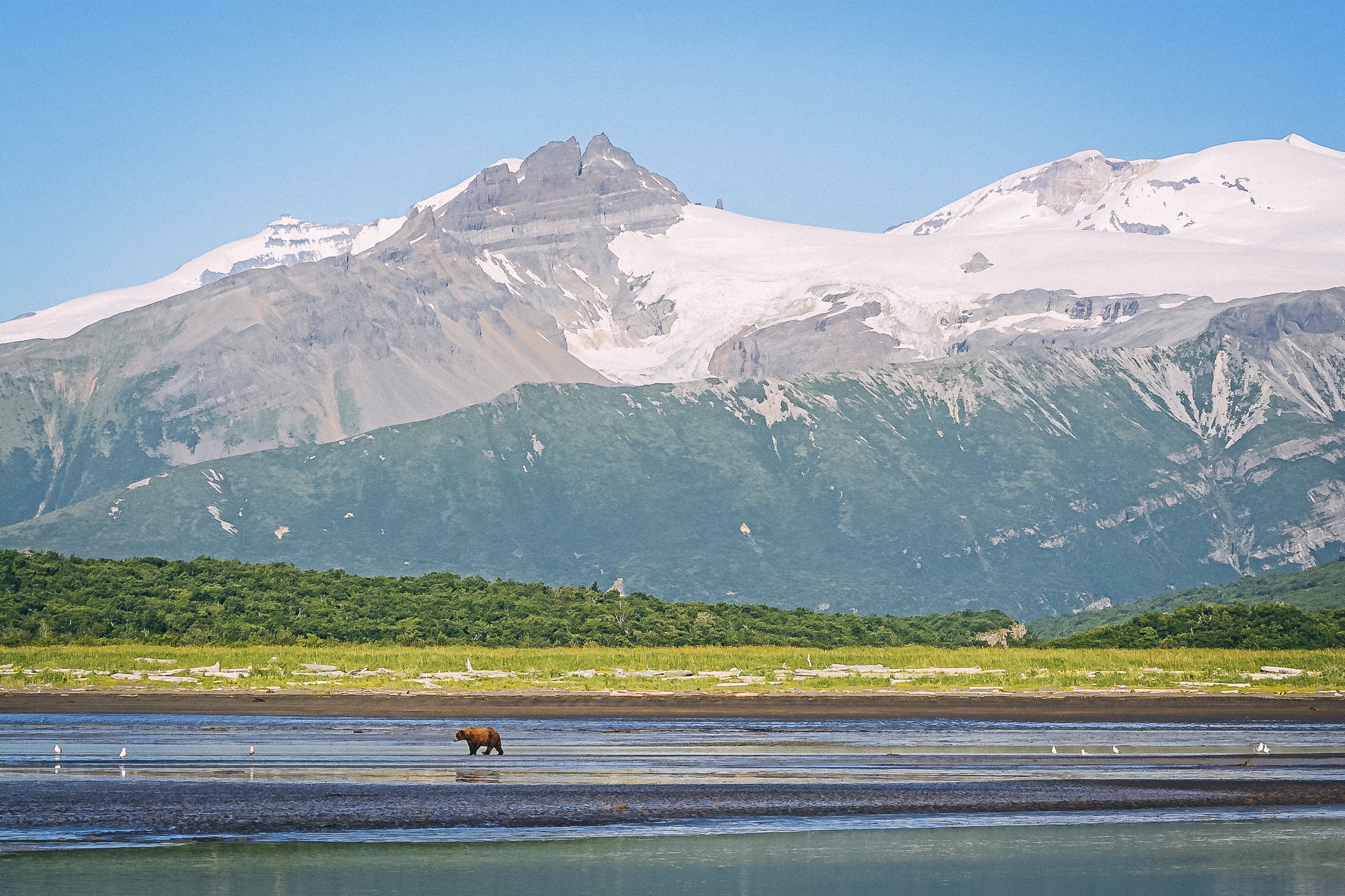
Photo: ©Steve Prorak stock.adobe.com
Bears share home ranges with other bears and are not territorial. They will not keep other members of their species away from their range, and this mutual use of resources and surrounding land is a foundation for social behaviour within the species.
They Are Most Active During the Day
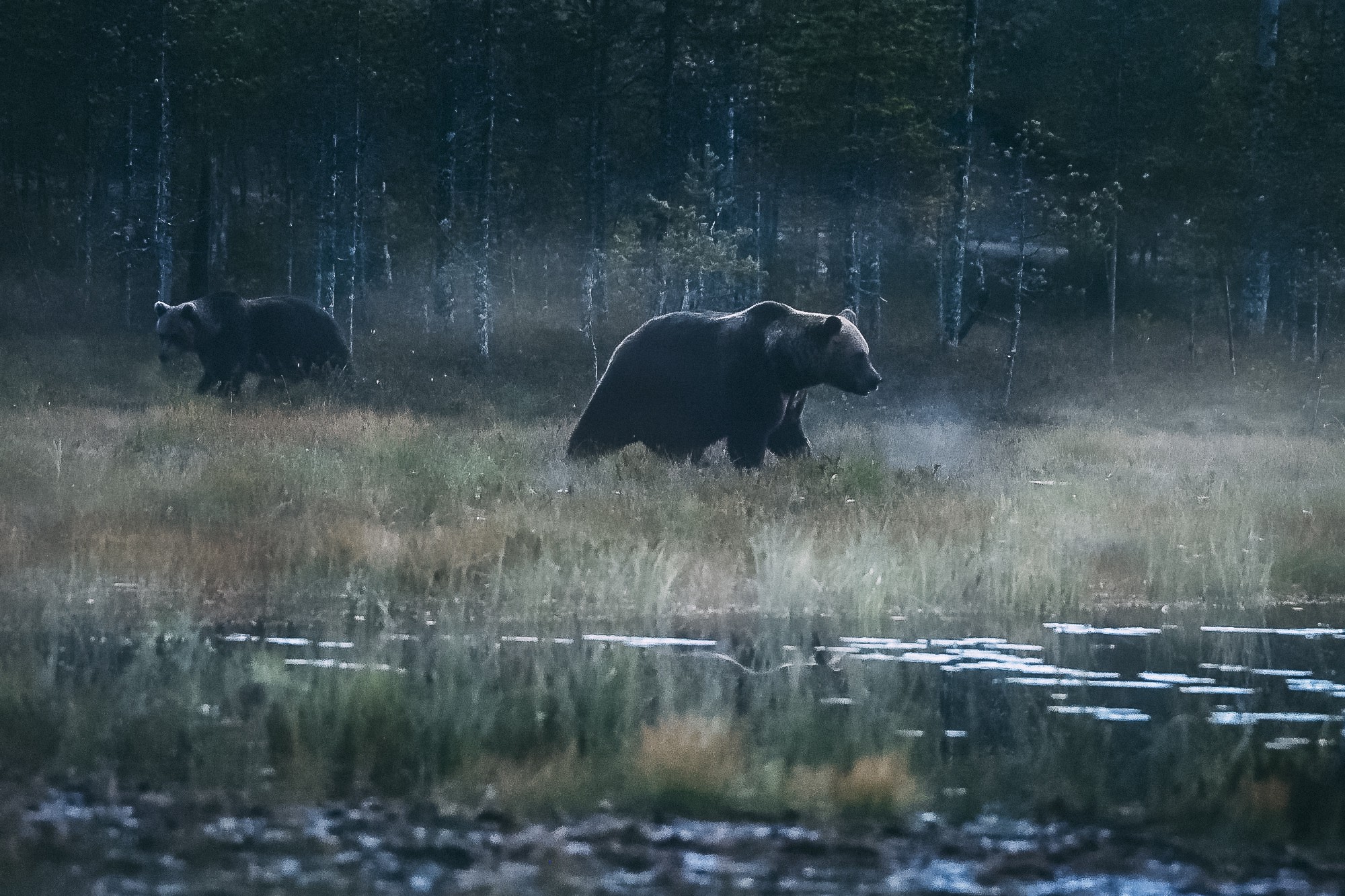
Photo: © Lukáš Zeman – Adobestock.com
Usually, bears are active from morning to the evening but may be seen anytime during the day or night. Avoidance of humans can lead to bears becoming more active at night. After denning, some coastal bears head to estuaries to graze on sedge and other plants and mussels and gunnel fish within the intertidal zones. During this period, they may be feeding up to fifteen hours a day or more to maintain condition.
Bears Are Extremely Curious
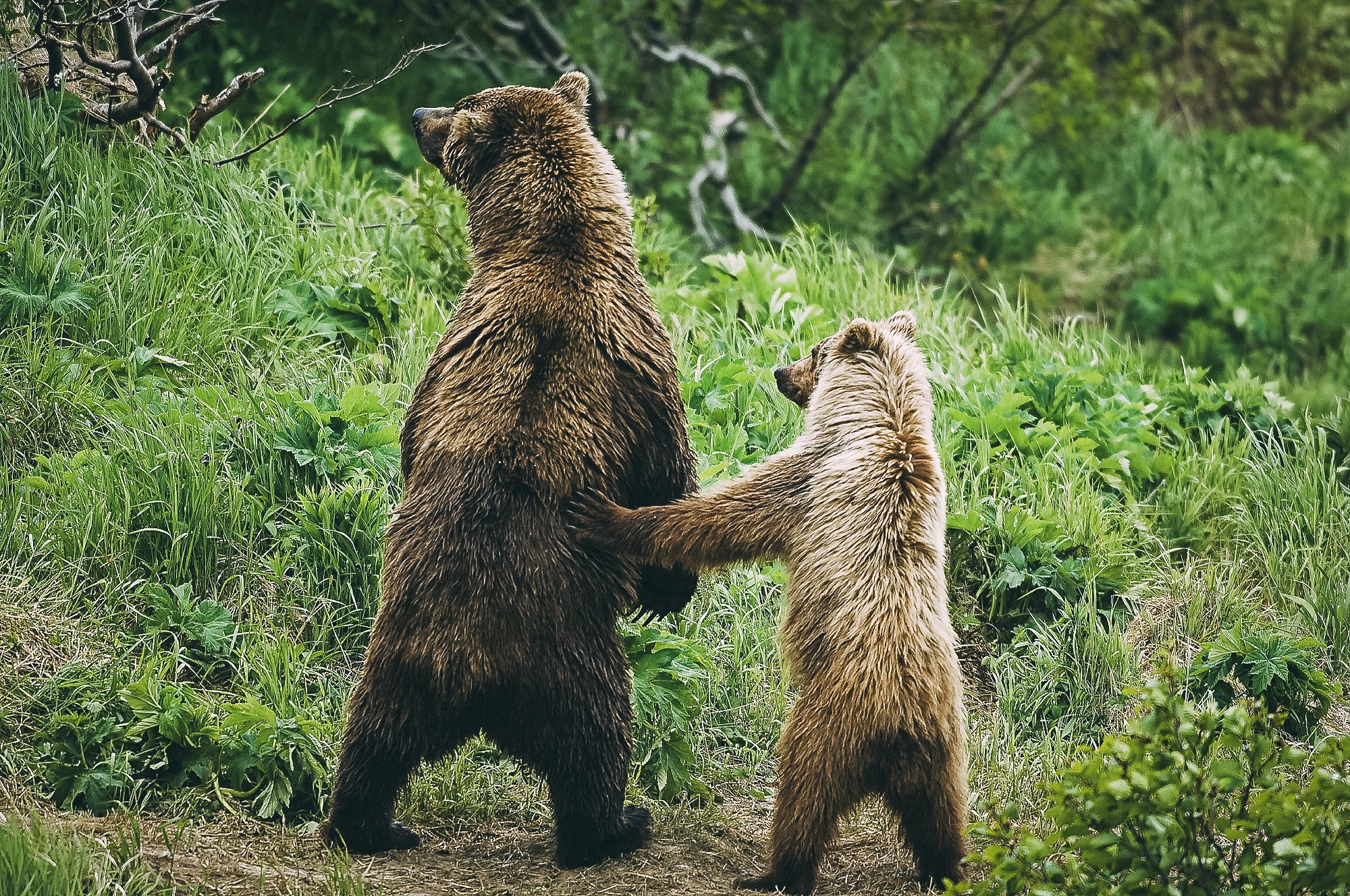
Photo: © Kennan Ward Photography – Adobestock.com
Bears have good eyesight, excellent hearing and a very keen sense of smell. They will use these heightened senses to examine objects, listen for noises and follow odours to assess whether they can eat or play with it. Standing up on their back legs is a result of curiosity and investigation.
They Are Sensitive To Changes In Their Environment
The introduction of new things to their habitat or changes in conditions may unsettle bears. Bears can be described as neophilic, as they can be attracted to a novel item or scent. A strange, additional item in the area may provoke curiosity with some element of risk assessment determining if the bear will investigate or not. This is often not an act of aggression and more an indication of how sensitive they are to their surrounding environment.
Bears Are Easily Distracted
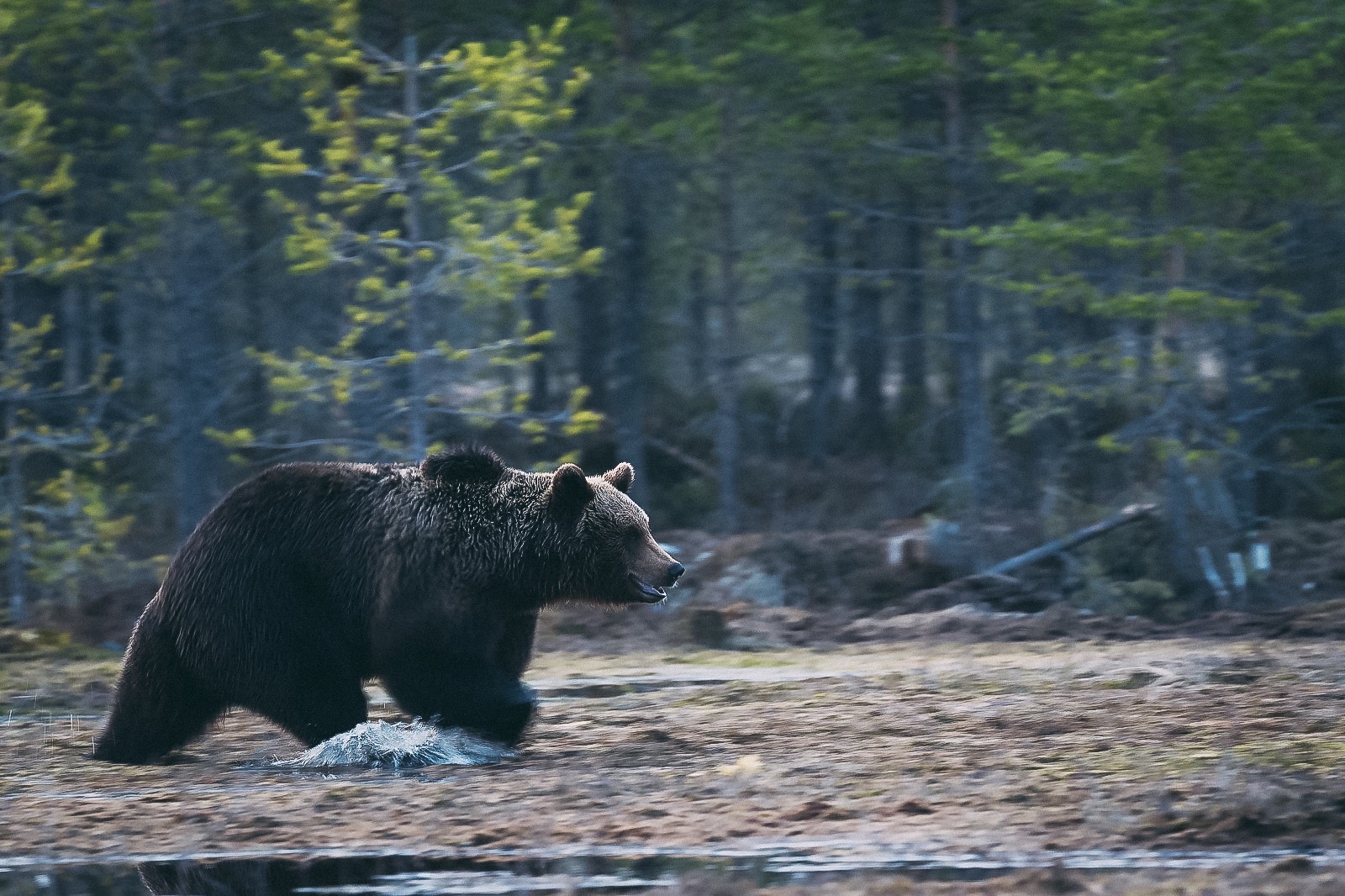
Photo: © Hans Veth – Adobestock.com
Despite all the benefits of their heightened senses and their curious nature, bears can sometimes be oblivious to what is going on around them. A bear using a trail may have its head down following a scent, preoccupied with food or ambient sounds, such as a flowing river that may drown out other noises. It is possible in these circumstances for a bear to have a surprise encounter with a person. In these cases, it is advised for hikers and the like to make some noise while out in the forest, periodically calling out softly to let unsuspecting bears know people are around and give them a chance to avoid the encounter altogether.
Bears Are Extremely Intelligent
Bears have a keen awareness of their environment, they learn from encounters with people and are extremely intelligent. Increased vigilance behaviour by a feeding bear, while people are around, can have a negative impact. A bear that is being disturbed by people and continually looking up is losing crucial feeding time, which can impact on long-term survival. It is not just a single disturbance, it is the cumulative effects of repeated disturbances that influence behaviour. So, keeping a safe distance will increase the chances of a bear going about its business comfortably.
Bear Are Not Vicious
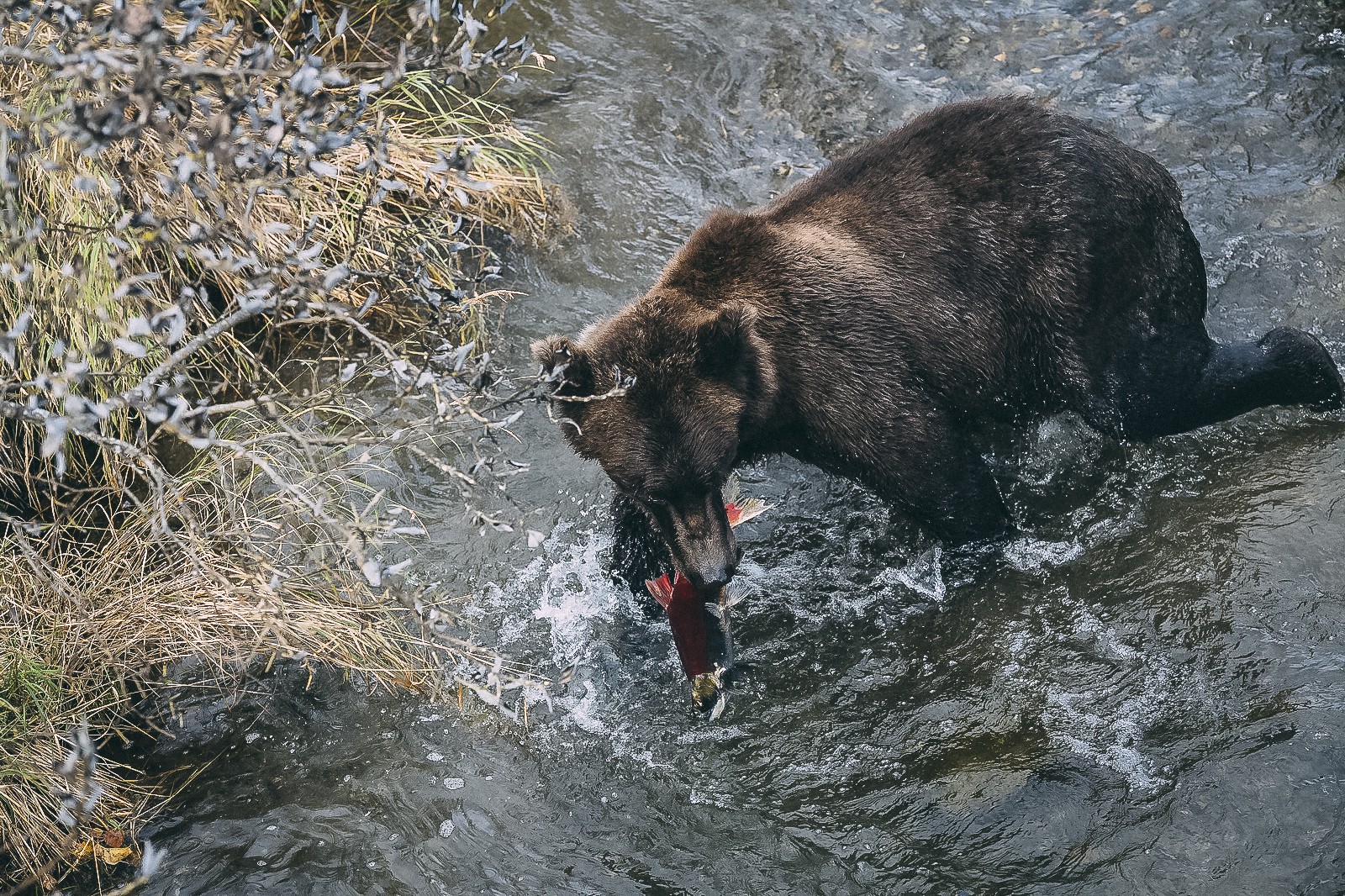
Photo: © Kirstin Scholtz
Despite all the benefit
Bears are shy animals and will usually choose to avoid people. A primary reason they will be around humans is if they are forced to due to the location of food. This may occur in response to encroachment by industry, habitat loss, or by people hiking near a desired food source during various times of the year. It is important to remember that bears will actively protect crucial food sources and a mother with cubs will always be highly alert to her surrounds.
All Wild Animals Must Be Respected
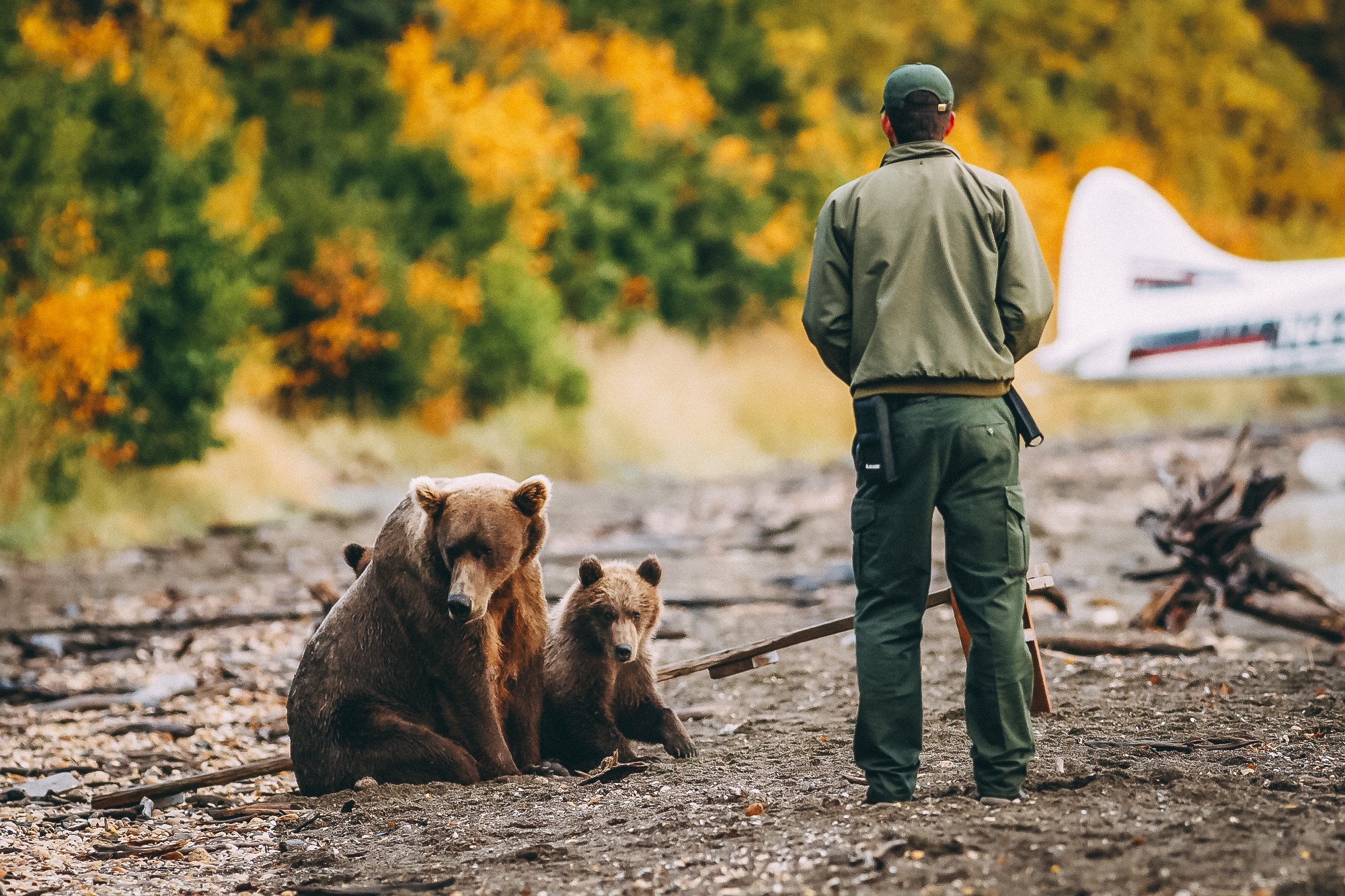
Photo:© LindaPhotography – stock.adobe.com
The response from a bear during any encounter with people is usually at the expense of the bear. Bears are always on the lookout for their preferred foods which may include sedge, berries, and salmon or other forms of protein. Feeding bears can lead to them becoming food-conditioned to people, which may be good for people but at great detriment to the bears. This may bring them closer to people, putting them at higher risk of a close encounter that results in them being killed by humans.
Colin Rossiter is currently studying a Master of Applied Science (Wildlife ecology) at Central Queensland University in Australia. He is part of a research team, studying brown (grizzly) bears at Knight Inlet Lodge in the Glendale Cove region of BC, Canada. Read our interview with Colin Counting Grizzlies.
